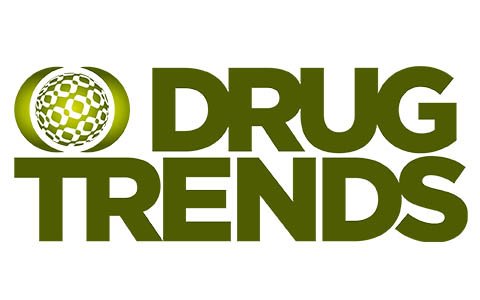Major changes in Australian drug use during 2021 says annual Drug Trends reports
The Drug Trends program at the National Drug and Alcohol Research Centre (NDARC) at UNSW Sydney has released findings from annual surveys with hundreds of people who regularly use drugs in Australia.
The first report, based on interviews with 774 people (median age 24) from across Australian capital cities who regularly use ecstasy and other illicit stimulants, revealed several significant changes in drug use in 2021.
Program lead for Drug Trends, Dr Rachel Sutherland said, “Among our sample of people who regularly use ecstasy and other illicit stimulants, we found significant increases in the per cent reporting any past six-month use of cocaine, ketamine, non-prescribed pharmaceutical stimulants, hallucinogenic mushrooms, and e-cigarettes.”
“In contrast, there was a significant decrease in ecstasy use.”
Significant changes include:
- The per cent reporting any use of cocaine in the past six months increased significantly from 68 per cent in 2020 to 80 per cent in 2021, the highest per cent observed since monitoring began, although frequency of use remains low.
- The per cent reporting any use of ecstasy capsules in the past six months declined significantly in 2021 (from 83 per cent in 2020 to 70 per cent in 2021), as did the per cent reporting use of ecstasy pills (53 per cent in 2020 to 42 per cent in 2021) and ecstasy powder (35 per cent in 202 to 26 per cent in 2021). The price of all forms of ecstasy significantly increased in 2021, and there were significant declines in the perceived purity and availability of ecstasy capsules and crystal, suggesting a disruption to the MDMA market compared to 2020.
- The per cent reporting use of ketamine in the past six months significantly increased from 43 per cent in 2020 to 52 per cent in 2021, representing the largest per cent reporting recent use since monitoring began. Frequency of use, however, remained low and stable at a median of three days in the past six months.
- Reported recent use of non-prescribed pharmaceutical stimulants significantly increased from 39 per cent in 2020 to 46 per cent in 2021, as did the per cent reporting any recent hallucinogenic mushroom use (30 per cent in 2020 to 45 per cent in 2021), although frequency of use remained low for both.
- Almost three-fifths (58 per cent) of the national sample reported any e-cigarette use in the six months preceding interview, a significant increase from 39 per cent in 2020. Frequency of use also increased, from a median of 7 days in 2020 to 30 days in 2021.
“These fluctuations, particularly in the illicit drug market, are cause for concern,” said Dr Sutherland.
“Further, most of these surveys occurred before the current wave of COVID-19 cases and government restrictions, so it is possible that there may have been even further fluctuations in drug use and markets. Using illegal drugs always carries risk, however this risk can be exacerbated in volatile markets”.
Dr Sutherland explains that even a decrease in drug use is cause for concern.
“Some would think that a decrease in ecstasy use could be seen as a positive change, but we have to be mindful that many people have stopped or reduced their use of ecstasy due to fewer opportunities to use the drug in lockdown (fewer music festivals, dance parties, social gatherings). This means there could now be a decrease in people’s tolerance to ecstasy,” said Dr Sutherland.
“As we come out of lockdown, and people start to resume or increase their use of drugs like ecstasy, there may be increased risk of overdose. We encourage anyone who uses drugs, particularly those who are resuming use after a period of abstinence or reduced use, to employ harm reduction strategies - use caution when dosing, start low and go slow”.
The second report to be released by the Drug Trends program included interviews with 888 people who regularly inject illicit drugs as part of the ‘Illicit Drug Reporting System’.
In 2021, 80 per cent of participants reported any past six-month methamphetamine use, significantly higher than the 72 per cent observed in 2020, although similar to the 78 per cent observed in 2019.
“The increase in methamphetamine use is extremely worrying, as are the findings that frequency of use increased from a median of 48 days in 2020, to 72 days in 2021.”
The report also found that the cost of a point of crystal methamphetamine (‘ice’) decreased from $100 in 2020 to $50 in 2021, which is similar to prices that were observed in 2016-2019. There was also an increase in participants perceiving the purity of crystal methamphetamine to be ‘high’, as well as an increase in participants perceiving availability to be ‘easy’ or ‘very easy’.
“Last year, our findings seemed to indicate that there was a disruption to the methamphetamine market. It appears that the market may have since recovered, although there are likely to be jurisdictional differences and ongoing fluctuations,” said Dr Sutherland.
“We are concerned that this potential recovery of the methamphetamine market, combined with increases in use, could lead to an increase in hospitalisations, and may also result in increased treatment demand. Given that many of these services are already at capacity, greater investment in methamphetamine treatment and support is critical.”











